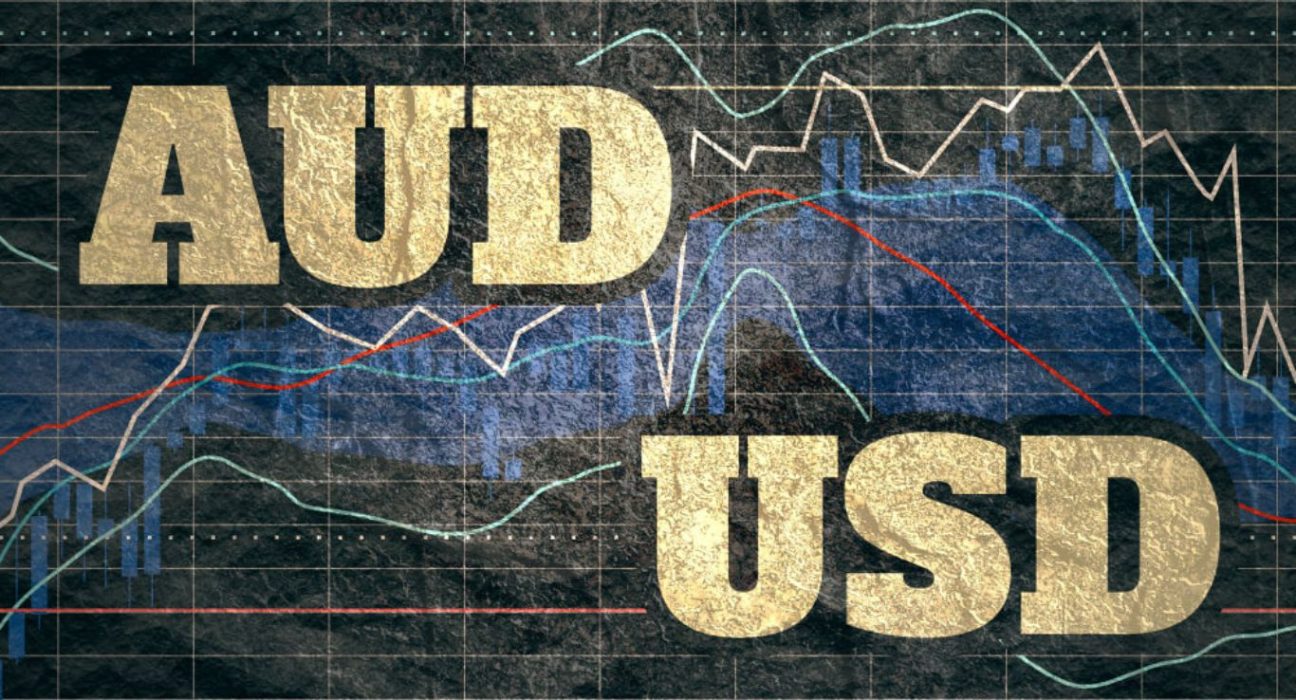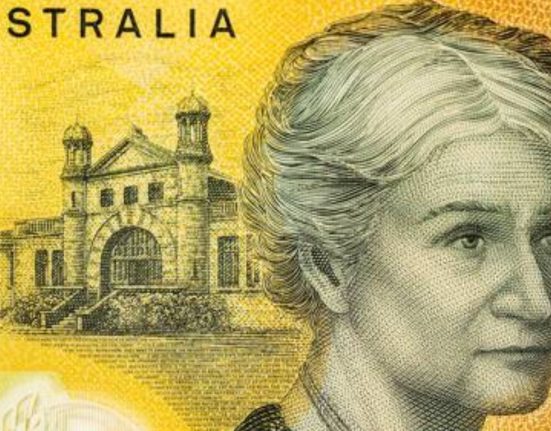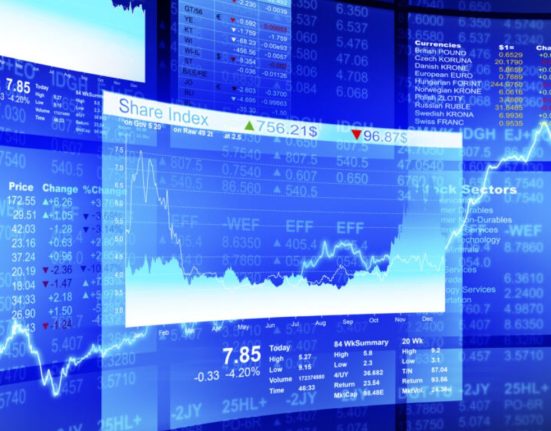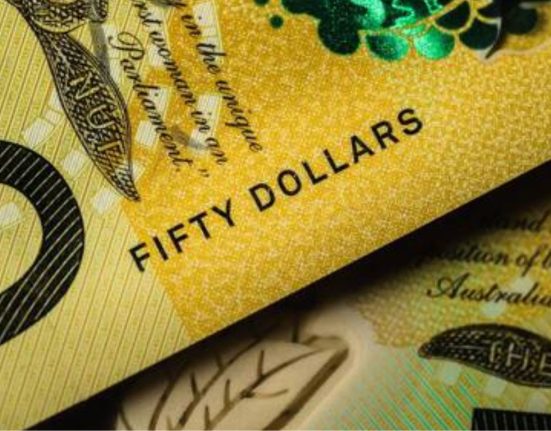The AUD/USD currency pair is closely watched by forex traders and investors due to its popularity and potential for profitable trades. In this article, we delve into the recent developments and trends in the AUD/USD exchange rate as it pulls back from session highs and trades below the 100-hour moving average (MA). By examining the factors influencing this currency pair, we aim to provide valuable insights to help you navigate the market. Stay informed and capitalize on potential trading opportunities in AUD/USD.
Factors Affecting the AUD/USD Exchange Rate
The AUD/USD exchange rate is influenced by various factors that determine its fluctuations. Understanding these factors is essential for predicting potential trends and making informed trading decisions. The following are the key factors affecting the AUD/USD exchange rate:
1. Economic Indicators:
Macroeconomic indicators, including GDP growth, employment data, inflation rates, and interest rates, significantly impact the AUD/USD exchange rate. Positive economic data from Australia, such as robust economic growth and low unemployment, can strengthen the Australian Dollar (AUD) relative to the US Dollar (USD), leading to an appreciation in the AUD/USD rate. Monitoring these indicators is crucial for assessing potential exchange rate movements.
2. Commodity Prices:
As a commodity-based currency, the Australian Dollar’s value is influenced by commodity prices, particularly those of key exports like iron ore, coal, and natural gas. Changes in global commodity prices can impact Australia’s terms of trade and, consequently, the AUD/USD exchange rate. Rising commodity prices generally support the Australian Dollar, while declines can weaken it.
3. Market Sentiment:
Market sentiment and risk appetite also play a role in the AUD/USD exchange rate. The Australian Dollar is considered a riskier currency, and during periods of increased risk aversion, investors tend to seek safer assets like the US Dollar. Therefore, shifts in global risk sentiment and market volatility can impact the relative strength of the AUD/USD pair.
Recent Analysis of AUD/USD Retreat and 100-Hour MA
In recent trading sessions, the AUD/USD currency pair experienced a retreat from session highs and dipped below the 100-hour moving average (MA), attracting attention from forex traders. Analyzing this pullback and the 100-hour MA can provide insights into potential trading opportunities. Here’s a closer look at the recent analysis:
1. Retreat from Session Highs:
The AUD/USD pair initially reached session highs, indicating bullish momentum. However, profit-taking and bearish pressure led to a retreat from those highs. Traders closely monitor these reversals as they can signal a shift in market sentiment.
2. Importance of the 100-Hour MA:
The 100-hour moving average is a widely watched technical indicator used by traders to gauge short-term market trends. Falling below the 100-hour MA suggests a potential shift towards a bearish bias. Traders often pay attention to this level for possible entry or exit points in their positions.
3. Key Support and Resistance Levels:
Identifying support and resistance levels is crucial when analyzing currency pairs. In the case of AUD/USD, traders will monitor key levels such as previous lows, Fibonacci retracement levels, and psychological price levels to determine potential areas of buying or selling interest.
4. Fundamental Considerations:
Alongside technical analysis, fundamental factors such as economic data releases, central bank policies, and geopolitical developments can also influence the AUD/USD exchange rate. Traders should stay informed about relevant news and events that may impact the Australian Dollar and the US Dollar.
Conclusion:
Staying informed about the AUD/USD currency pair is essential for forex traders seeking profitable opportunities. The AUD/USD exchange rate is influenced by economic indicators, commodity prices, and market sentiment. Analyzing recent trends, including the retreat from session highs and the 100-hour moving average, provides valuable insights for making informed trading decisions. Stay updated on key factors impacting the AUD/USD exchange rate and adapt your strategies accordingly to maximize your trading potential.










